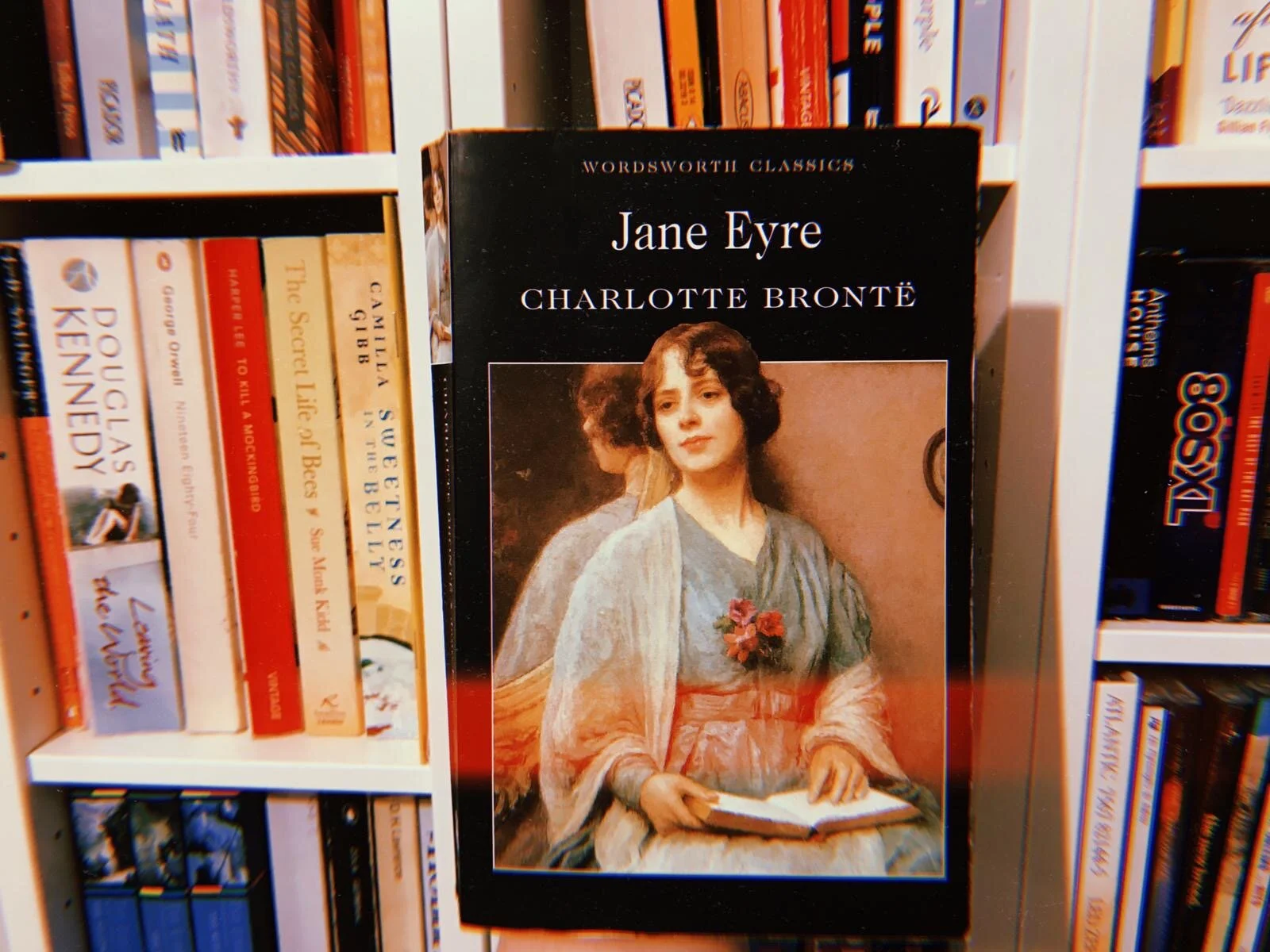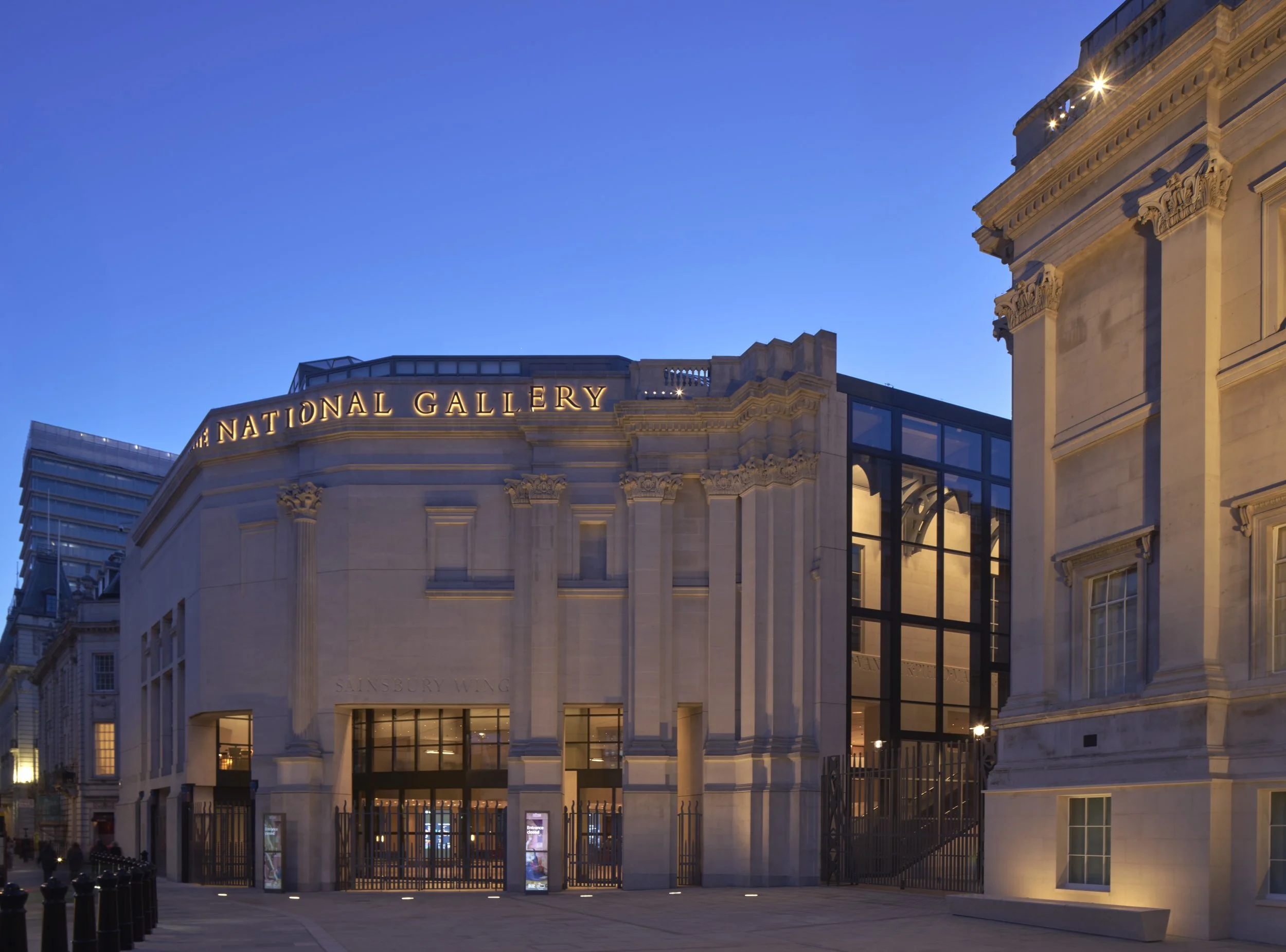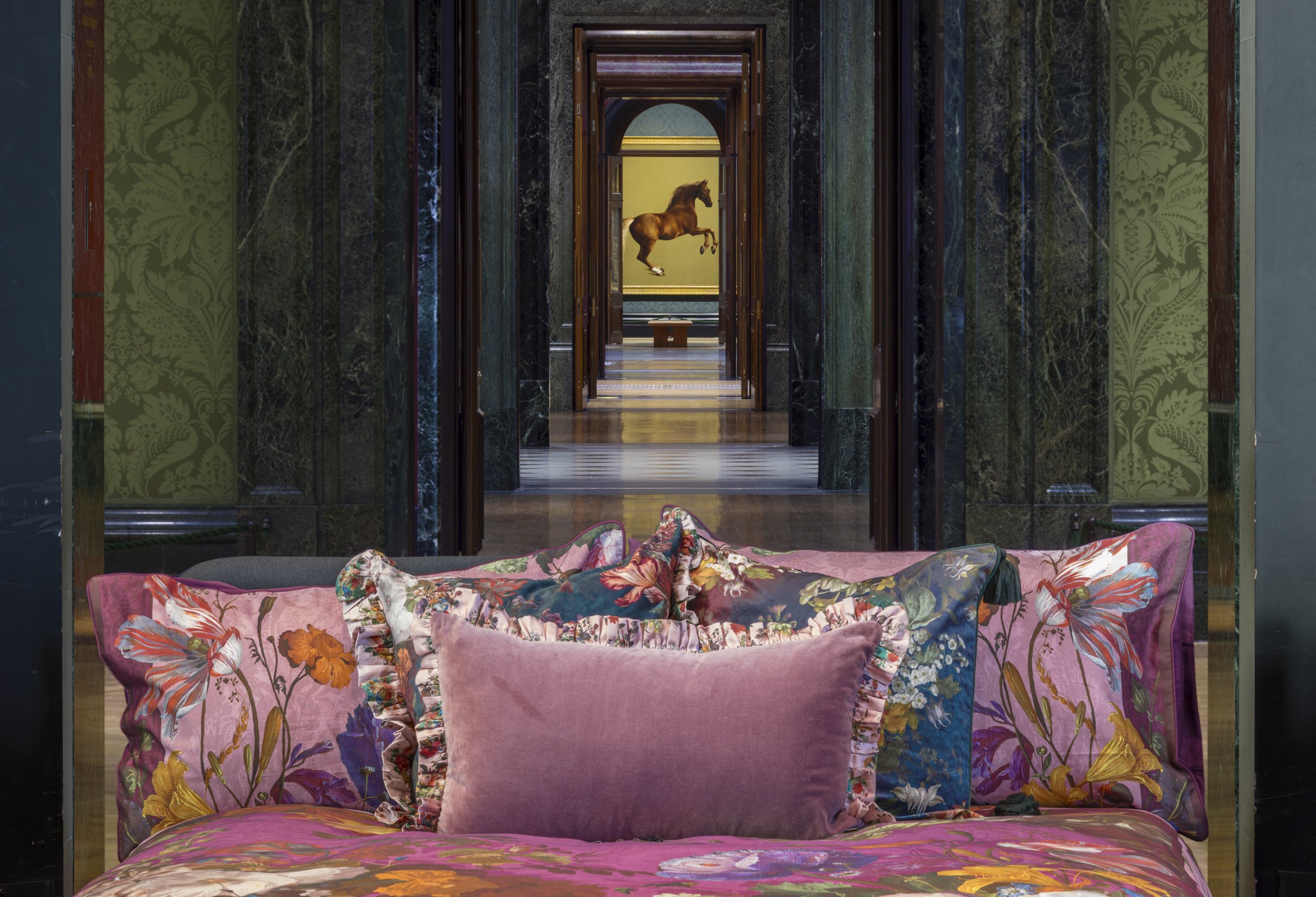Jane Eyre by Charlotte Brontë
“I can live alone, if self-respect, and circumstances require me so to do. I need not sell my soul to buy bliss. I have an inward treasure born with me, which can keep me alive if all extraneous delights should be withheld, or offered only at a price I cannot afford to give.”
Jane Eyre was originally published in 1847. Although it was written by Charlotte Brontë it was published under the pseudonym Currer Bell – and after reading, it is worth questioning whether the novel would have been regarded so highly if people were aware it was written by a woman, not a man. The novel provides a critique of society at the time, and the themes of class, sexuality, religion and feminism are strong throughout. There are also significant references and symbols taken from the gothic period – lots of dramatic speeches, meetings and scenes that were almost written specifically for film and television adaptations.
The book follows Jane through her childhood – starting from ten years old – till her later years in her 40s. After she is orphaned at a young age, Jane was sent to live with her maternal uncle and his wife (Mrs. Reed). But when her uncle dies, Mrs. Reed (although she had promised to care for Jane as if she was her own child) becomes abusive and bullies Jane, as she believes her to be a wicked and devilish child – of course, all the while ignoring the colossal flaws in her own children. Jane constantly describes herself as plain looking, but as she goes through life you see her develop a strength of character and a belief in who she is that goes well beyond outward-facing beauty.
Image: Clubs Kids Scholtastic
This description by Roald Dahl and the accompanying illustration by Quentin Blake completely summarises my feelings on Jane Eyre herself – she’s never described as beautiful, but her self-respect, courage, and determination make her gorgeous.
Still at a very young age, Jane is sent off to boarding school at Lowood Institution which caters specifically to orphaned and poor girls. Although on the surface life at Lowood appears more severe – with meagre food portions, a lack of educational materials and threadbare clothing – through this period of independence, Jane really grows into herself and starts to see positivity in the world. She forms friendships and pursues an education, which is a significant motif throughout.
Eventually she outgrows her school and sets off to become a governess, which is where she meets Mr. Rochester, who she falls deeply in love with. Although this novel is to this day branded as one of the greatest romances ever written, it is really Jane’s personal growth and strong feminist inclinations that is the true love story. Jane’s life is heavily impacted by her relationship with Mr. Rochester, and although their 20-year age gap is a bit odd to understand it is clear that they both care strongly for each other.
Readers are addressed by Jane herself telling her own life story which provides a strong insight into Jane’s thoughts and feelings. However, this is not an easy book to get into and it is not a particularly simplistic one either; it is wordy and is most definitely a product of its time. But as with many ‘classic’ novels it is a beautiful way to educate yourself about social history. It was published in the 19th century and displays England in all its slow-paced glory – this is still in the time before cars. Jane’s independence is worth noting, whereby she travels and moves about the country without seeking permission from anyone which was extremely rare for a woman to do at this time.
This story has seeped into our cultural landscape and even 100+ years after original publication the characters and the themes are important and relatable. Whilst you might struggle at first, there is no doubt that you will grow to love Jane and her feisty 19th century feminist soul.
#FLODown: If you’re interested in the story, the novel has been adapted into a number of other mediums including theatre, film, tv and even two full-length operas. Plus, it has also had a number of rewritings and reworkings by other authors, the most prominent of which is Jean Rhys’s Wide Sargasso Sea. This is a feminist and anti-colonial response to Jane Eyre and the treatment of the ‘madwoman’ in Charlotte Brontë’s original work.
Words by Mollie Kate Cohen













